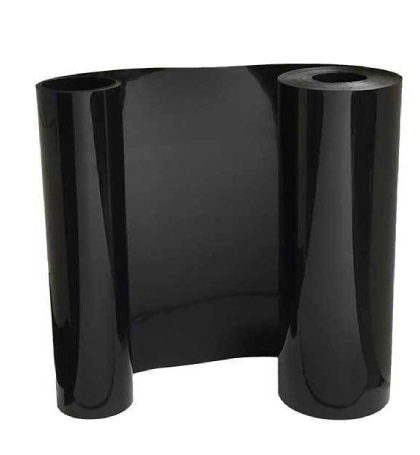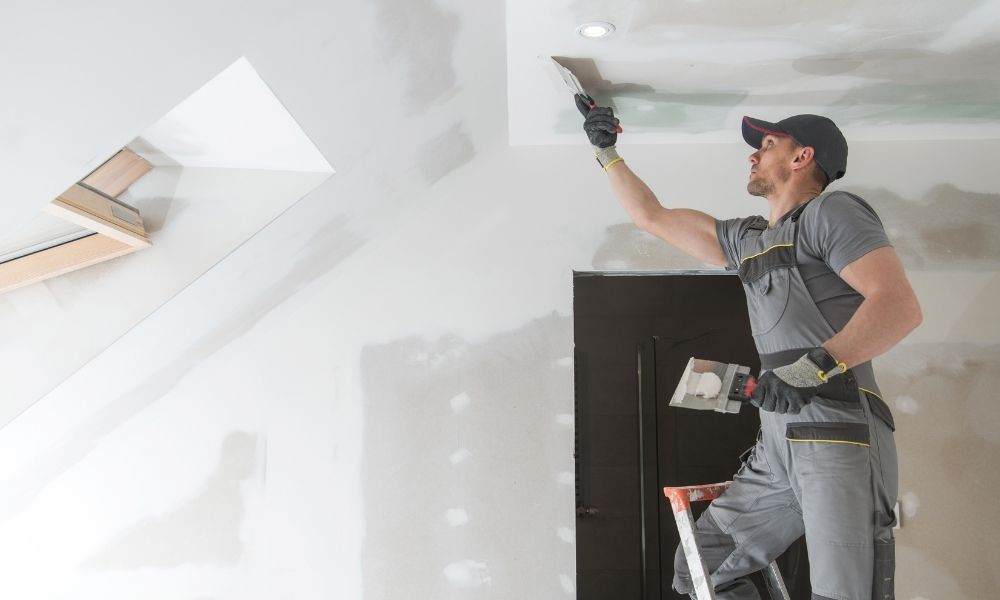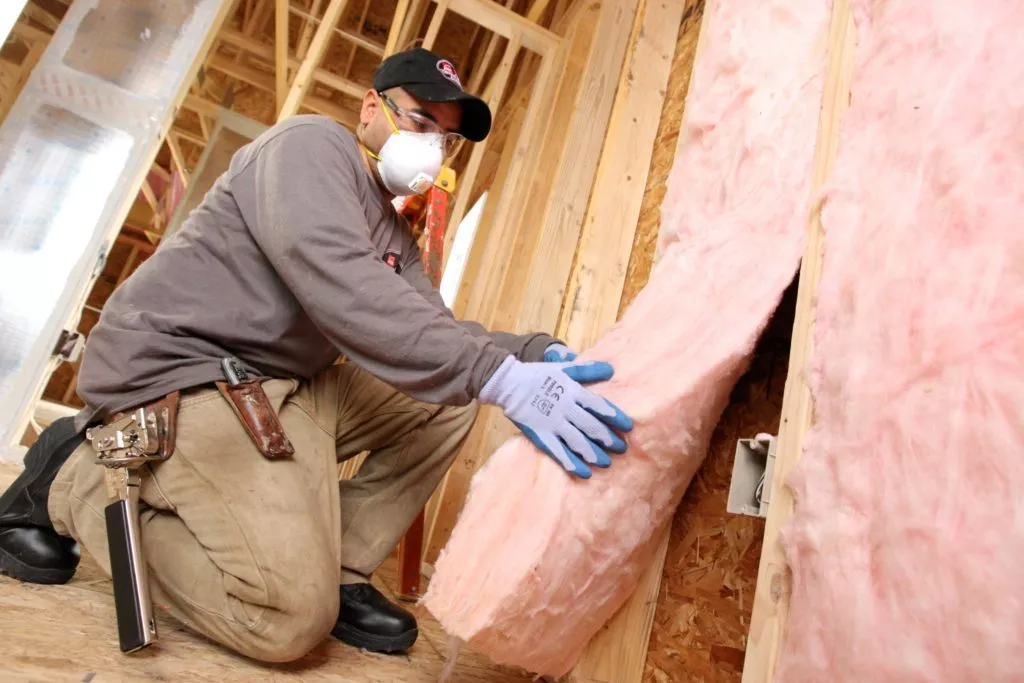HDPE (High-Density Polyethylene) sheets have become one of the most versatile and durable materials used in a wide range of industries today. From construction and agriculture to packaging and environmental protection, HDPE sheets offer a combination of strength, flexibility, and cost-effectiveness that makes them a popular choice for both small and large-scale projects. In this comprehensive guide, we’ll explore the key features of HDPE sheets, their benefits, and the various applications where they are indispensable.
What Are HDPE Sheets?
HDPE, or High-Density Polyethylene, is a thermoplastic polymer made from petroleum. It is one of the most commonly used plastics worldwide due to its strength, impact resistance, and versatility. HDPE sheets are flat plastic sheets made from this material, known for their excellent properties such as:
- High strength-to-density ratio
- Resistance to chemicals and UV radiation
- Non-toxic and food-safe properties
- Durability under extreme temperatures
- Water and moisture resistance
These characteristics make HDPE sheets suitable for a wide range of applications, from industrial settings to household products.
Key Benefits of HDPE Sheets
HDPE sheets provide several advantages over other materials like PVC, polypropylene, or even metal. Below are the key benefits that make HDPE sheets stand out:
1. Durability and Impact Resistance
One of the main reasons HDPE sheets are so popular is their incredible durability. They are highly resistant to impact, which makes them ideal for outdoor and industrial environments where wear and tear are common. Whether it’s heavy machinery or harsh weather conditions, HDPE sheets can withstand tough environments without cracking or breaking.
2. Chemical and Corrosion Resistance
HDPE sheets are resistant to a wide range of chemicals, including acids, bases, and solvents. This makes them an excellent choice for applications that involve exposure to harsh chemicals, such as chemical storage tanks, laboratory countertops, or industrial piping. Additionally, they do not corrode or rust like metal, making them perfect for marine applications and environments with high moisture levels.
3. UV and Weather Resistance
HDPE sheets are specially formulated to resist UV radiation from the sun, preventing them from becoming brittle or degrading over time. This makes them a great option for outdoor applications, such as playground equipment, signage, or pond liners, where long-term exposure to sunlight and weather conditions is inevitable.
4. Lightweight and Easy to Work With
Despite their strength, HDPE sheets are surprisingly lightweight compared to other materials like metal or wood. This makes them easier to transport, handle, and install. HDPE sheets can also be easily cut, shaped, welded, or machined to fit the exact specifications of any project, making them a highly adaptable material.
5. Environmentally Friendly
HDPE is a recyclable material, making it an eco-friendly option for those looking to minimize their environmental footprint. Because HDPE is resistant to chemical degradation and doesn’t leach harmful chemicals into the environment, it’s often used in applications like water tanks and agricultural films where sustainability is a priority.
6. Food Safe and Non-Toxic
HDPE is FDA-approved for food contact, meaning it is non-toxic and safe to use for food storage and preparation. This makes HDPE sheets an excellent choice for industries like food processing, where hygiene and safety are of paramount importance.
Common Applications of HDPE Sheets
Thanks to their versatility and durability, HDPE sheets are used in a variety of industries. Below are some of the most common applications:
1. Construction and Civil Engineering
In the construction industry, HDPE sheets are widely used for applications such as waterproofing, protective barriers, and floor liners. Their resistance to chemicals and moisture makes them ideal for underground piping and geomembrane liners for landfills and waste management facilities.
2. Agriculture
HDPE sheets are frequently used in agriculture, particularly for greenhouse liners, irrigation systems, and pond lining. Their chemical resistance ensures that they can withstand the use of fertilizers and pesticides, while their waterproofing properties help retain water in ponds and water reservoirs.
3. Packaging and Storage
HDPE is a popular material for packaging, especially in the form of bottles, jugs, and containers. In sheet form, it is used to create food storage boxes, industrial pallets, and even shipping crates. Its non-toxic nature and ability to withstand extreme temperatures make it an ideal packaging material for food and medical supplies.
4. Marine Applications
Due to its resistance to water, chemicals, and UV rays, HDPE sheets are commonly used in marine environments. They are perfect for dock fenders, boat floors, and marine construction projects. Unlike wood or metal, HDPE doesn’t rot, rust, or corrode when exposed to saltwater.
5. Playground Equipment and Outdoor Furniture
The durability, UV resistance, and safety of HDPE sheets make them an excellent material for playground equipment and outdoor furniture. They are often used to create benches, tables, slides, and other recreational structures that can withstand constant exposure to sunlight and rain without deteriorating.
6. Signage and Advertising Displays
HDPE sheets are also used for making durable and weather-resistant signage, particularly for outdoor use. Whether it’s road signs, billboards, or display boards, HDPE sheets provide a long-lasting solution that can endure the elements without fading or cracking.
7. Industrial Applications
In industrial settings, HDPE sheets are used in applications like chemical processing tanks, machinery parts, and conveyor belts. Their resistance to chemicals, abrasion, and impact makes them a reliable material for heavy-duty industrial uses.
How to Choose the Right HDPE Sheets for Your Project
When selecting HDPE sheets for your project, it’s essential to consider several factors to ensure you choose the right specifications for your needs:
1. Thickness
HDPE sheets come in a variety of thicknesses, ranging from thin sheets (0.5mm) to thick, heavy-duty sheets (50mm or more). The required thickness depends on the application; for example, thicker sheets may be needed for heavy-duty construction, while thinner sheets might suffice for packaging or lining.
2. UV Stabilization
For outdoor applications, it’s important to choose UV-stabilized HDPE sheets that can withstand prolonged exposure to sunlight without degrading. UV protection ensures that the sheets maintain their strength and flexibility over time.
3. Color Options
HDPE sheets come in various colors, including black, white, and natural finishes. For aesthetic or branding purposes, you may need colored sheets, especially if you’re using HDPE for signage or outdoor furniture.
4. Chemical Resistance
If the HDPE sheets will be exposed to chemicals or harsh environments, ensure that the material you choose has the necessary chemical resistance. HDPE sheets are generally resistant to most chemicals, but certain applications may require specific grades.
5. Customization
Many suppliers offer custom HDPE sheets that are cut or molded to your exact specifications. Be sure to inquire about customization options if your project has unique size, shape, or design requirements.
8. Specialized Applications of HDPE Sheets
In addition to their widespread use in agriculture, construction, and packaging, HDPE sheets are finding specialized roles in industries such as automotive, pharmaceutical, and energy. Here are a few emerging applications:
1. Automotive Industry
The automotive sector is increasingly adopting HDPE sheets for various purposes. HDPE is used in the production of fuel tanks, mud flaps, and underbody shields due to its impact resistance, chemical resistance, and lightweight nature. By using HDPE, manufacturers are able to reduce the overall weight of vehicles, improving fuel efficiency while maintaining durability.
2. Medical and Pharmaceutical Uses
In the pharmaceutical and healthcare industries, HDPE sheets are utilized in the production of medical packaging, containers, and surgical equipment. HDPE’s non-toxic, non-porous nature ensures that it can safely come into contact with medicines and medical instruments without contamination. Additionally, HDPE’s ease of sterilization and resistance to bacteria growth make it an ideal material for hygienic environments.
3. Energy and Renewable Resources
HDPE sheets are also playing a critical role in the energy and renewable resource sectors, particularly in solar power and wind energy installations. HDPE is used in solar panel mounts, wind turbine components, and underground cabling protection. Its UV resistance and long-term durability make it perfect for outdoor applications in harsh environmental conditions.
4. Wastewater and Drainage Systems
The durability and chemical resistance of HDPE sheets make them suitable for use in wastewater treatment plants and stormwater management systems. HDPE is widely used in the construction of retention tanks, septic systems, and drainage pipes. Its impermeability ensures that it prevents leakage while withstanding the corrosive effects of various chemicals.
9. Future Trends in HDPE Sheets
As industries strive to adopt more sustainable, cost-effective, and innovative solutions, HDPE sheets are expected to experience significant growth and technological advancements. Below are some future trends that are likely to influence the HDPE sheets market:
1. Eco-Friendly Manufacturing
With growing awareness about the environment and sustainable practices, there is increasing demand for eco-friendly manufacturing processes in the production of HDPE sheets. Manufacturers are developing techniques that use recycled HDPE and reduce the carbon footprint associated with plastic production. Recycled HDPE is expected to play a larger role in the years to come, especially in applications where sustainability is a key concern, such as green building materials and eco-friendly packaging.
2. Technological Innovations
The use of advanced manufacturing techniques such as blow molding and extrusion is enabling the production of customized HDPE sheets with enhanced properties. New formulations of HDPE offer greater flexibility, improved thermal resistance, and enhanced UV stabilization. These developments are making HDPE sheets even more suitable for high-performance applications, such as aviation, marine infrastructure, and smart city projects.
3. Increased Adoption in Smart Cities
With the rise of smart city initiatives worldwide, HDPE sheets are being increasingly used in the construction of infrastructure systems, data centers, and smart energy grids. The material’s lightweight nature, combined with its ability to provide long-term durability and low maintenance, makes it a perfect fit for underground cabling, water management systems, and public infrastructure in future urban projects.
4. Enhanced Fire Retardant Properties
Another growing trend is the development of fire-retardant HDPE sheets. As safety regulations become stricter in the construction and industrial sectors, there is a demand for materials that can resist high temperatures and reduce the risk of fire hazards. Fire-retardant HDPE sheets are gaining traction in the construction of commercial buildings, warehouses, and transportation vehicles, ensuring enhanced safety without compromising the material’s durability or flexibility.
5. Nanotechnology Integration
Researchers are exploring the integration of nanotechnology into HDPE sheets to improve their properties. The addition of nano-additives can increase the material’s strength, flexibility, and thermal resistance while minimizing the overall weight. These advancements could open new possibilities for HDPE sheets in fields like aerospace, defense, and biotechnology, where high-performance materials are essential.
10. How to Maintain and Maximize the Lifespan of HDPE Sheets
HDPE sheets are incredibly durable, but proper care and maintenance can further extend their lifespan, ensuring they perform optimally over many years. Here are some practical tips for maintaining HDPE sheets:
1. Regular Cleaning
HDPE sheets can accumulate dirt, dust, or debris, particularly in outdoor or industrial environments. Regular cleaning with mild soap and water is sufficient to remove surface grime. Avoid using harsh chemicals that could damage the surface, especially in applications where food contact is involved.
2. Avoid Sharp Objects
While HDPE sheets are highly impact-resistant, they can still be punctured or scratched by sharp objects. In industrial settings or areas where heavy tools and equipment are used, care should be taken to avoid gouging the surface of the sheets, particularly if they are used as flooring, wall cladding, or protective barriers.
3. UV Protection for Outdoor Use
Even though HDPE sheets are often UV-resistant, prolonged exposure to extreme sunlight can degrade the material over time. For outdoor applications, it is advisable to use UV-stabilized HDPE sheets or add a protective coating to enhance the lifespan of the material in high-exposure environments like rooftops, playgrounds, and open-air structures.
4. Periodic Inspections
For critical installations such as waterproofing membranes, pond liners, or underground piping, it’s important to conduct regular inspections to check for signs of wear, damage, or leakage. Early detection of any issues can help prevent costly repairs and ensure the long-term integrity of the project.
Conclusion
HDPE sheets are an incredibly versatile and durable material that can be used in a wide range of applications. From construction and agriculture to packaging and outdoor recreation, HDPE offers unparalleled benefits such as chemical resistance, UV protection, and ease of handling. With the added bonus of being recyclable and environmentally friendly, HDPE sheets are an ideal choice for both commercial and industrial projects.










